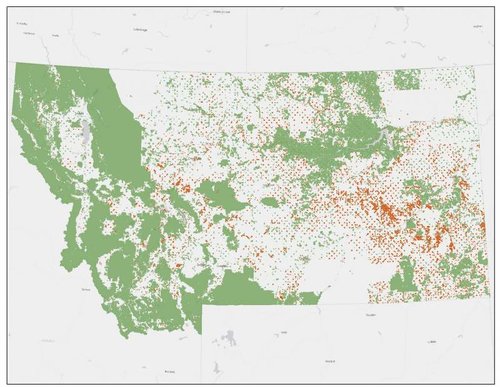VikingsGuy
Well-known member
Randy, in the case of civil trespass, doesn't the individual have to file suit against you for trespassing?
If that's the case, the typical punishment is an award (in the form of money) from any damages you cause from your trespassing?
What would a judge award a plaintiff for occupying their air space for maybe 1 second, never doing any "damage" to anything physically on their property? Would the plaintiff not have to prove damages to receive compensation?
To that, if I was the land owner I would argue the harm is value I could have received for granting access - let's say $500. It's like the question if a movie theater is really harmed if you sneak into a theater that has open seats, they were going to play the movie anyway what's the harm? The answer is 'yes' there is harm, you denied them the ticket price. And if I am the land owner I claim $2,500 is the value of the trespass and that you did so knowingly and with disregard to the law and ask for $25,000 in punitive damages. And now you have to hire a lawyer and defend against those ridiculous damage calculations or they win by default. Which is pricey for any of us but even more trouble for the out of state hunter because you end up having to go back for various hearings/trial. So while I agree less of a risk than criminal, it's also a process best avoided.
And similar to how I read/heard BigFins' assessment, I think he (and others) don't want to intentionally dishonor/breach the valid property rights of another fellow citizen even if the resulting legal damages would be small. There are all kinds of things we can do and get away with them, but it doesn't make them right. Statutory/judicial fix or easement purchases solve this "moral dilemma".





